Category Archives: Recipes
Lahey’s No-kneed Bread
As someone who’s always been interested in what might be called the effort-to-reward ratio sweepstakes, I have to report to you the newest entrant among the very best candidates: the Jim Lahey no-kneed bread method. If you’ve already got an enameled cast-iron dutch oven — I have a Copco one from the 60s — then you’re ready to roll. I would recommend investing in a decent digital scale so that you can easily measure the ingredients by weight. I’ve discovered that it takes 4 minutes to mix the ingredients for the first rise, 3 minutes to punch down and prepared for the second rise and 1 minute to put the risen dough into the pot to bake. This is almost certainly the biggest pay-off I’ve even had from 8 minutes of cooking!
Here’s the cover of the book Lahey put out after Mark Bittman had alerted the world via his Minimalist column in the Wednesday New York Times food section:
Here’s the list of ingredients for the cheese version of the bread:
And here’s the finished product:
Nice moist, chewy crumb and one of the toughest crusts you’ve ever seen:
Here’s the beginning of the Pancetta Bread:
The recipe could not be simpler. Happy baking!
Update (2/25/10): Of the various varieties all with basically the same formula, I now prefer the olive bread made with twice the amount of olives called for in the recipe (I use 1 1/2 cups). I do think it benefits from a little additional salt!
What to do with left-over turkey
This one’s easy: of course, one makes a turkey sandwich (and turkey soup, and turkey pot pie, etc., etc.). I thought other foodies might take inspiration from my long-standing search for the perfect turkey sandwich.
Reading from the bottom: Pepperidge Farm seeded rye lightly toasted and sliced in half while warm (resulting in two slices each half the original thickness) spread with gravy, stuffing toasted in the toaster-oven until crisp on the outside, thinly-sliced white meat, emmenthal (swiss) cheese, crisp bacon, jellied cranberry sauce, hard-boiled egg, and mayonnaise.
A tradition of boned duck
Paul Royce explains his recent pursuit of a boned duck:
A Short History of Boned Fowl
According to culinary historians the introduction of boned fowl to haute cuisine began during the reign of Henry VIII of England. That monarch, as famous for his carnivorous propensities as for those carnal, choked on the drumstick of a duck during a bout of speed eating. He was rescued by Sir Thomas More who stood behind him, clasped his hands together and with an upward motion squeezed the King’s abdomen just below the rib cage causing the drumstick to come free of his windpipe, fly from his mouth, and land in the bosom of a young woman sitting opposite the King. This first known use of the Heimlich maneuver saved the King’s life but resulted in a riot as courtiers fought to determine who would dislodge the drumstick from the damsel’s cleavage. From that time on the King ate only boned fowl and some time later he showed his gratitude to the inventive More by executing him.
Julia Child brought boned duck preparation to the attention of American foodies with the publication of Mastering the Art of French Cooking in 1961. A guide for boning a duck can be found on page 570. I have never tried the en croute recipe that follows.
I leave the duck meat in situ and do not cut it into cubes as she recommends. With the duck skin side down, I stuff it with sweet Italian sausage augmented with shelled pistachios, dried fruit, and a generous splash of cognac. Do not suture the roast too tightly because the skin will shrink and the stuffing may expand resulting in a ruptured duck. The somewhat limp, but not too limp, preparation is baked at 400 degrees until the internal temperature reaches 180 degrees.
With a little luck you will rewarded with a preparation similar to the one pictured. I prepare the roast a day or two before serving and refrigerate it when it has cooled. Serve it at room temperature.
World’s Best Chocolate Chip Cookie
Pierre Herme is a master of chocolate. When asked to come up with a chocolate cookie for a friend’s Paris restaurant, he invented this:
The truc is the fleur de sel in the dough and on top. Here’s the recipe.
Heidi’s Cookies
Heidi has kindly sent this cookie cookbook with a large number of tempting recipes. We tasted the chocolate cookies from Maida Heatter at our meeting yesterday!

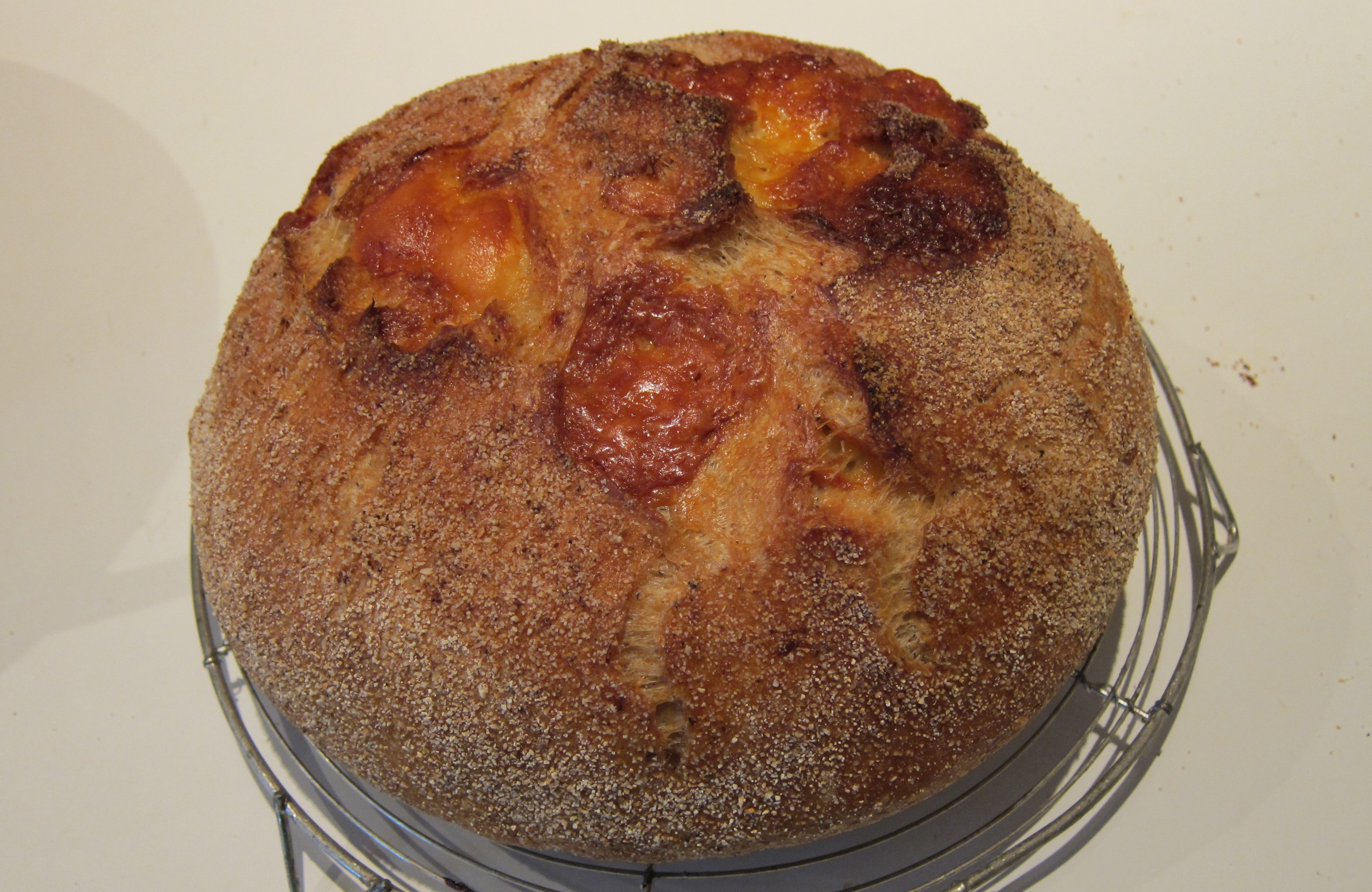
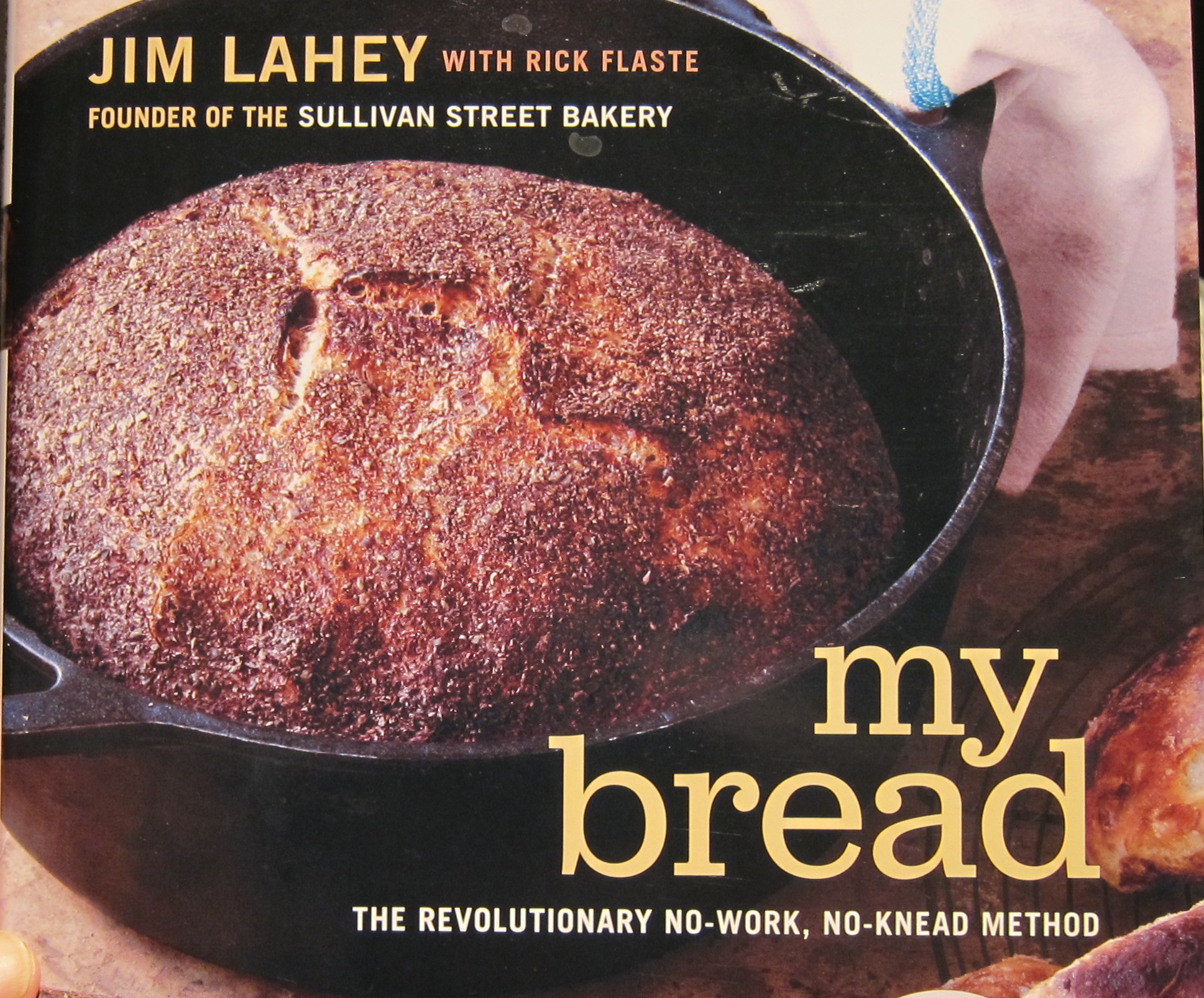

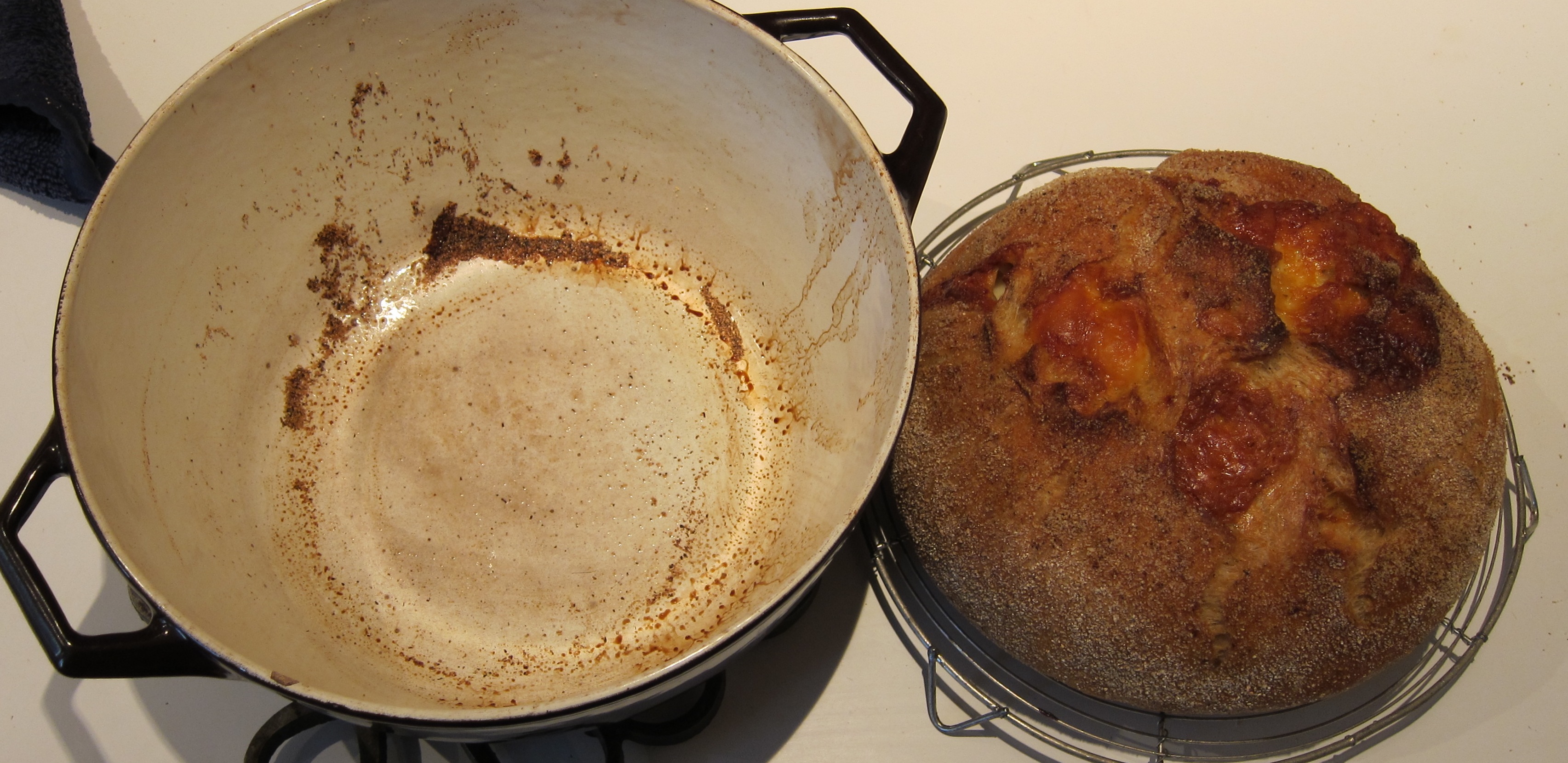
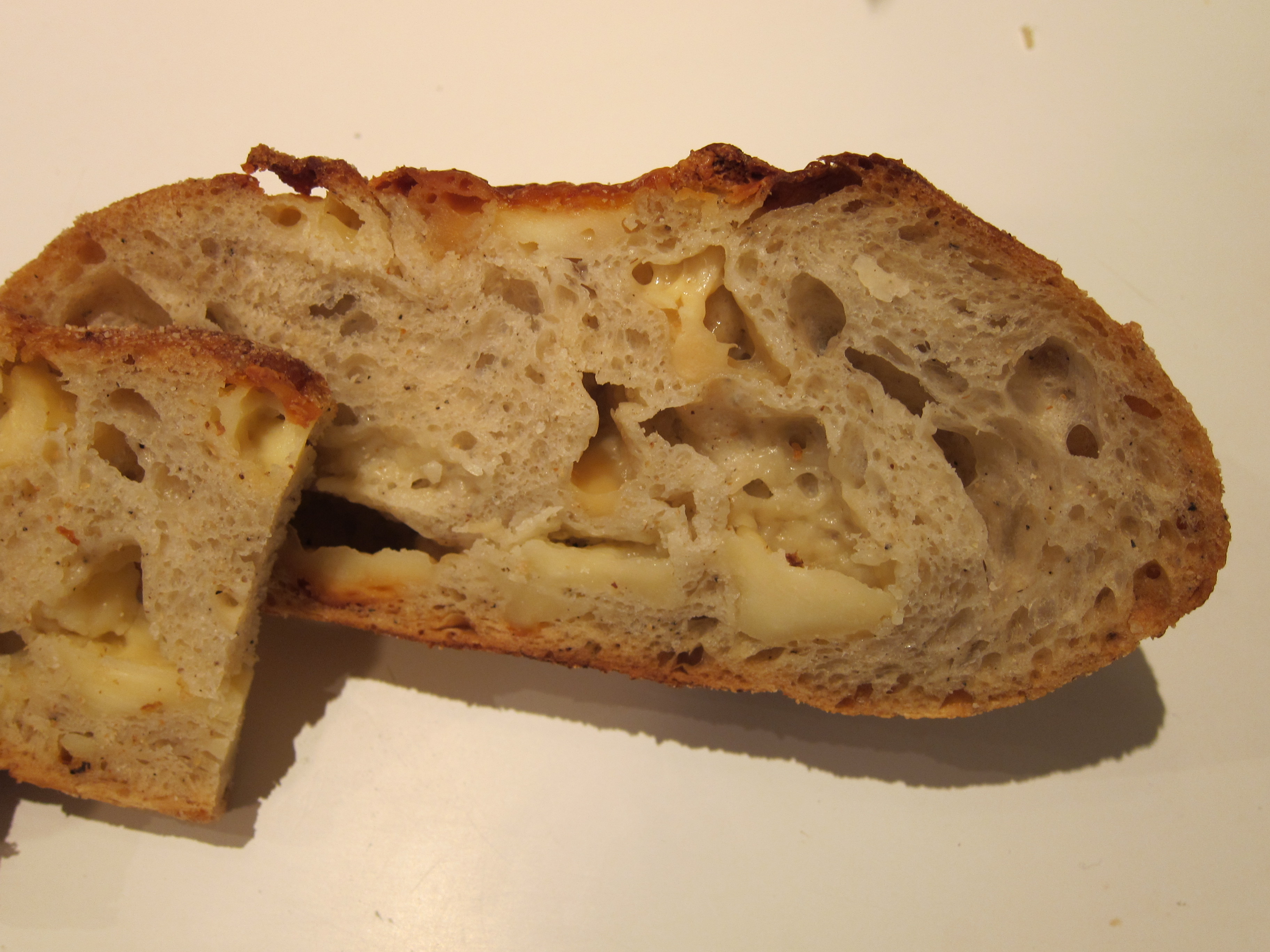
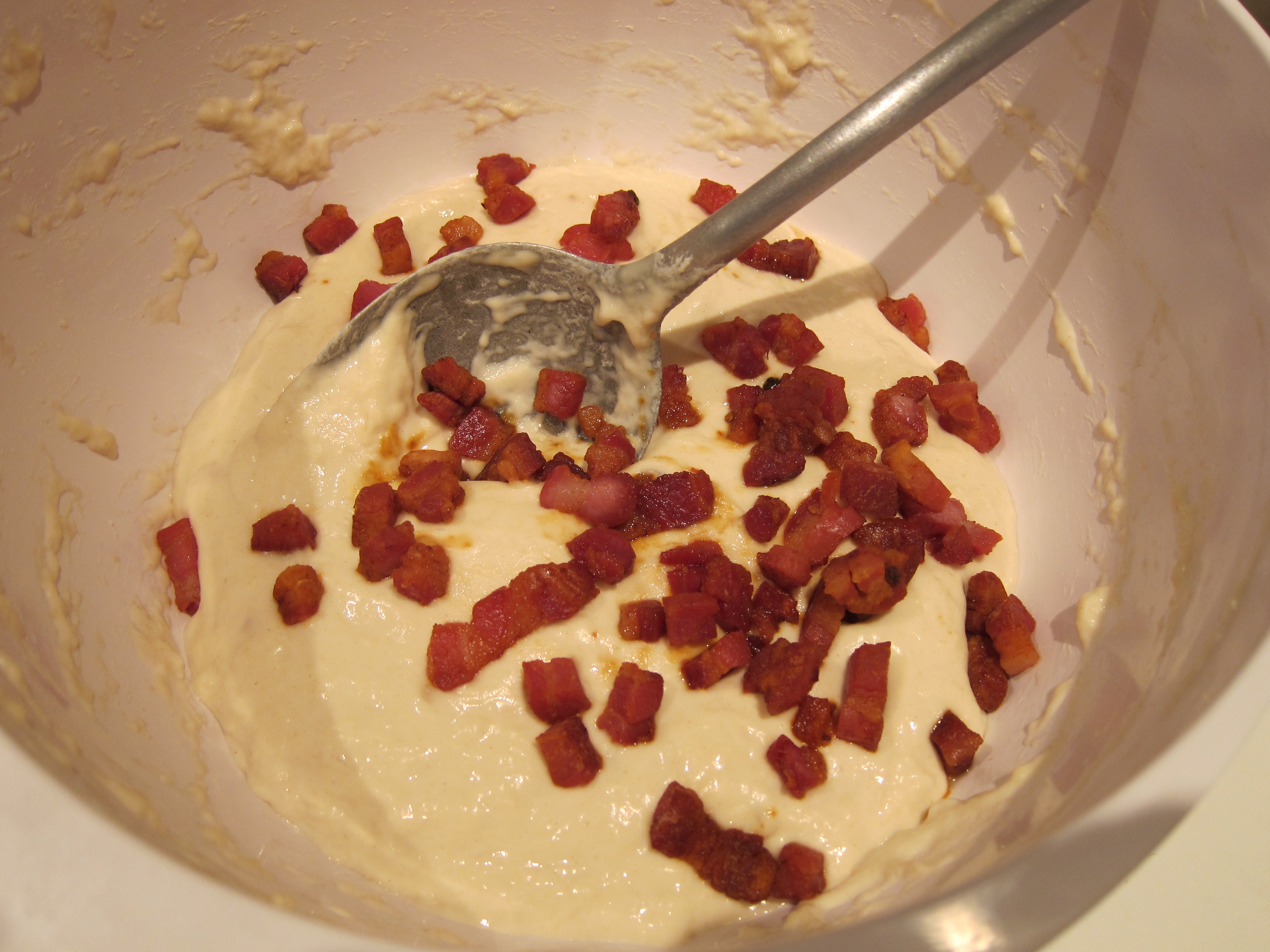


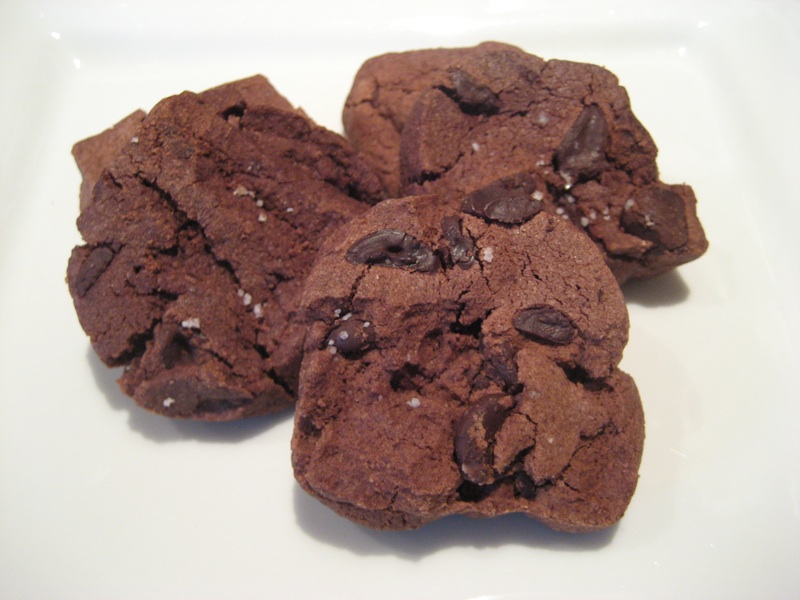
Recent Comments